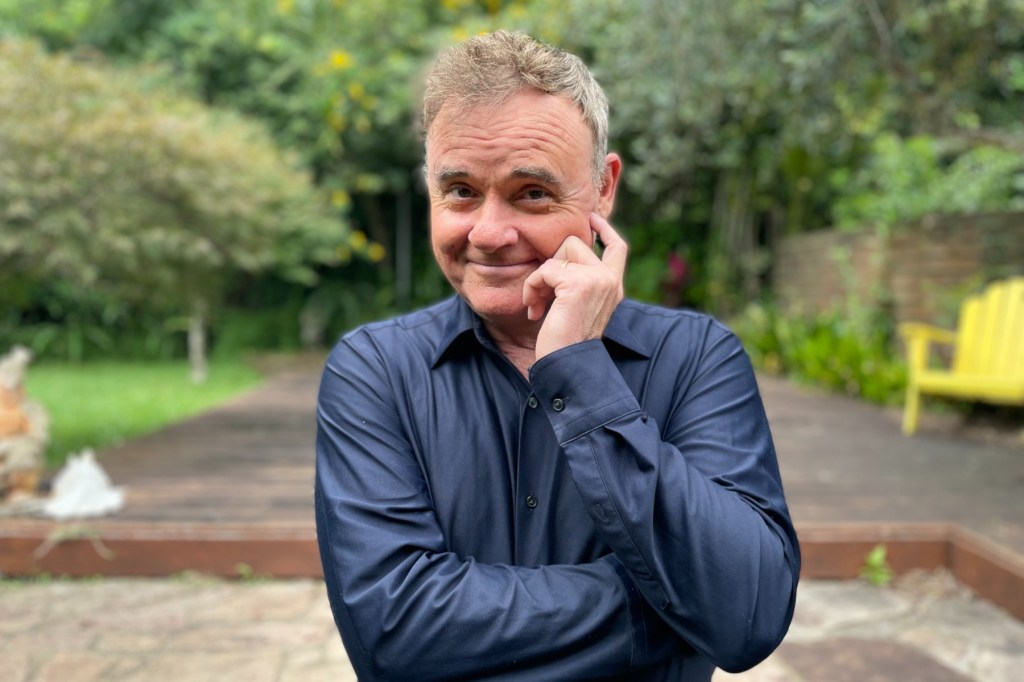It’s time to book for The Dictionary of Lost Words
While the book is a much-loved page-turner, the stage adaptation of The Dictionary of Lost Words is applauded for being faithful to the text and hugely entertaining – and it’s heading to Brisbane.

Book lovers and theatre goers rejoice – the acclaimed stage adaptation of Pip Williams’ acclaimed novel, The Dictionary of Lost Words, is headed to Brisbane in 2025.
Directed by Jessica Arthur and adapted by award-winning playwright Verity Laughton, the production from Sydney Theatre Company and State Theatre South Australia will play QPAC’s Playhouse in April and May.
This co-production boasts lushly detailed sets, lavish period costumes and heartfelt performances from a cast including Shannen Alyce Quan, Arkia Ashraf, Angela Nica Sullen, Ksenja Logos and Rachel Burke.
The Dictionary of Lost Words tells the story of Esme Nicoll, following her from a childhood in the late 1880s into adulthood at the height of the women’s suffrage movement and the beginning of World War One. Esme has spent her entire life around the desks of the scriptorium, the workplace of the real Sir James Murray, lead editor of the Oxford English Dictionary.
Murray worked on the dictionary from 1879, starting at the letter A, until his death in 1915, when they were working on the volumes for S. With her mother dying in childbirth, Esme grows up at the feet of her father and the other men who worked for Murray on compiling the dictionary.
You might like
Williams’ novel – and Laughton’s stage adaptation – use this canvas to tell Esme’s coming-of-age story, set in a world where women were so often unable to fully map out their own lives.
From a four-year-old in 1886 to a grown and complicated woman in 1915, Esme’s maturation happens against the background of the scriptorium’s mammoth project, as the world changes around her. Throughout it all, Esme is collecting her own words – slang words, vulgar words, women’s words – which aren’t considered fit for inclusion in the dictionary proper.
Finding the words to make her way in life
Much of Williams’ story is quiet, set among small relationships in the scriptorium where the words of the dictionary are sorted – between Esme and the Murrays’ maid, Lizzie; between Esme and her father; between Esme and her boyfriend. In these places, Laughton explores the complex humanity of the characters and Williams’ story sings.
Subscribe for updates
“I had read the novel when I was approached about doing the adaptation and the characters and their relationships to and with one another are really very central to the story as a whole,” Laughton says. “I was very aware of that while I was working on adapting it. It is a work that covers such a range and it has such an appealing, interesting protagonist and heroine.
“I was enormously impressed with the combination of historical detail and fiction and the way in which Pip had taken the fact that the word ‘bondmaid’ had been left out of the dictionary and into that inserted the story of this fictional little girl, the motherless daughter of one of the lexicographers working with Dr James Murray, and used her story to illuminate the themes and the history of the times.”
Laughton, who first read The Dictionary of Lost Words on the recommendation of friends, admits that adapting such a critically acclaimed and beloved novel for the stage was an enormously daunting prospect.
“It’s a big novel,” she says. “There’s a lot going on and there’s also a lot of the action that is internal, that is actually happening inside of Esme and inside her mind. So, it was a matter of crunching the events and what was happening inside of her in order to drive the pace of the events forward. That sounds like a simple thing, but it was actually very complicated.
“I probably started with the novel as a whole, because the primary purpose in adapting any work for the stage is to get the structure right, so it was a matter of finding a structure that would support the story and the events within the novel in present time and present action. I remember being quite overwhelmed when I started because I wanted to be absolutely sure that I got what I was doing right.”
Williams writes that her novel “began as two simple questions: Do words mean different things to men and women? And, if they do, is it possible that we have lost something in the process of defining them?” It is precisely this push-and-pull within the text that Laughton worked so hard to capture in her adaptation and it is one she feels she has ultimately done justice to.
“In the first instance, I worked on it very continuously,” Laughton says. “You just have to sort of abandon everything else and go right inside it. I wanted to give myself time for the first draft not to work and then, if it didn’t work, I’d be able to approach it again. There was a lot of detail and a lot of small details that I wanted to get absolutely right with this. For the longest time I had what I called a sketch draft, one that I was just working and working on.
“But when we had a read to test the structure of what I was doing it became obvious that it was going to work and that was just a huge relief. There was a lot of work to do, but it held together. I did feel as though I put a great deal of myself into this. I worked very hard on it, very hard on pulling the various small threads together, and although I keep fine tuning, ultimately, right up until production, I do feel I got there in the end.”
The Dictionary of Lost Words, QPAC, Playhouse, April 26 to May 10; qpac.com.au

